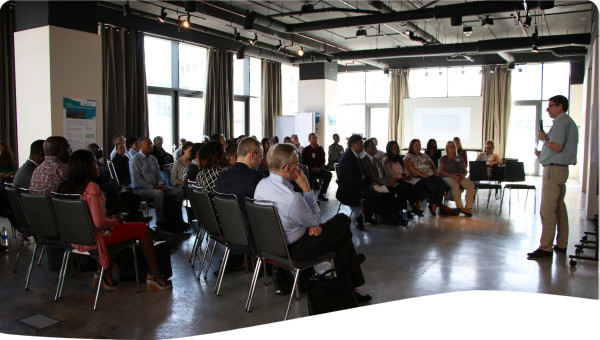Preserving and restoring water quality is a major concern for cities around the world. In most cities, urban population growth, coupled with degradation of municipal source watersheds, has increased drinking water treatment costs. One recent estimate suggests that in one-third of large cities, costs per unit of treated water have increased on average by roughly 50 percent over the last century because of land conversion and development in source watersheds.
Restoring source watersheds can reverse this trend, and may be a cost-effective approach for cities to reduce drinking water treatment costs while enhancing supply resiliency and protecting biodiversity among other co-benefits. Nevertheless, the potential to cost-effectively deliver key hydrologic services through watershed investments far exceeds the current extent of watershed conservation programs. Mobilizing the investments needed to realize this potential hinges in part on the business case for water users — that is, the competitiveness of watershed conservation programs with conventional engineering solutions.
Yet credible economic assessments of watershed conservation or restoration are almost entirely absent from the literature, leaving the business case for watershed conservation an important yet largely unanswered question. Worse still, those interested in evaluating the business case in their own geography lack the examples and tools to do so in a robust manner.
 Resource -
Resource -
